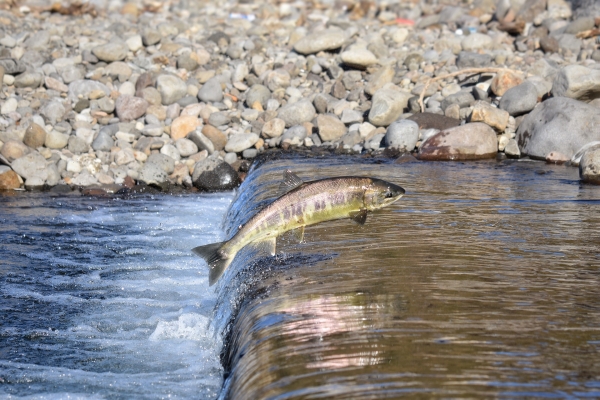The quality of food sockeye salmon eat along their migration routes is more important to their growth and condition than quantity, a new study has found, highlighting concerns about the effects of climate change on ocean conditions and salmon.
Researchers at the University of British Columbia’s Institute for the Oceans and Fisheries (IOF), the Department of Fisheries and Oceans (DFO), University of Toronto, Dalhousie University, and the Hakai Institute examined juvenile sockeye salmon from three locations along their migration route in coastal British Columbia. In 2016 and 2016, the body condition and nutritional health of juvenile sockeye was sampled in the northern Strait of Georgia, the highly tidally mixed Johnstone Strait, and Queen Charlotte Strait.
“We measured the fatty acids in the sockeye salmon tissues, specifically looking at stored fatty acids that are important for mobilizing energy during periods of starvation, such as what these salmon face in Johnstone Strait,” said lead author Dr. Jessica Garzke, an IOF postdoctoral fellow. “We found that short term changes in health differed between years but were not related to zooplankton biomass, abundance, average size, or species composition. Rather it was the quality of the zooplankton that played an important role.”
Read more at: The University of British Columbia
Photo Credit: Robin via Pixabay


